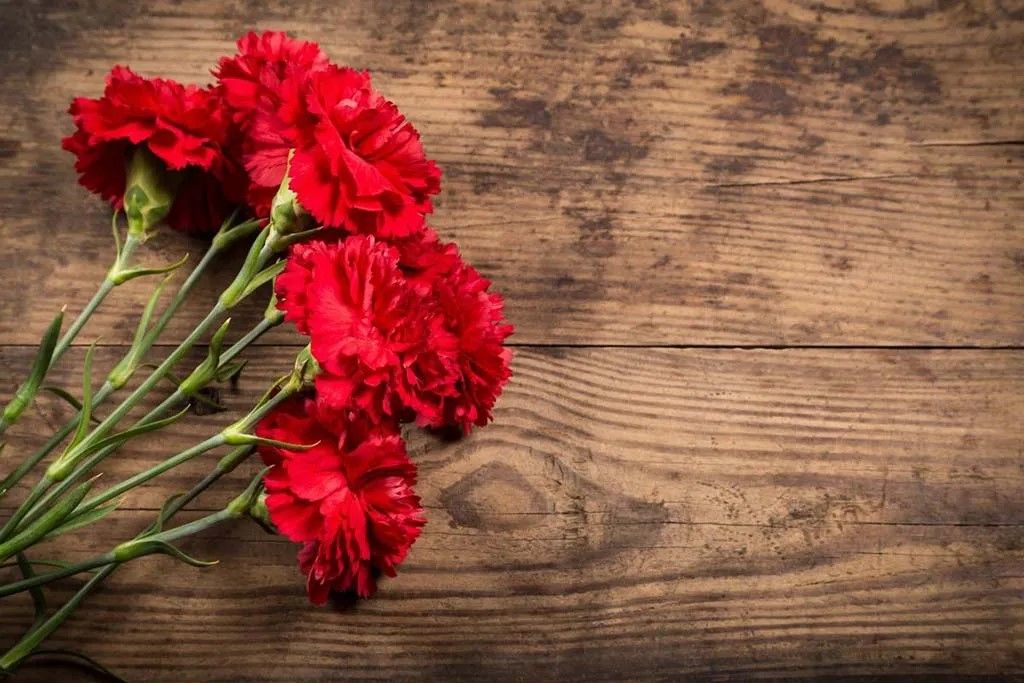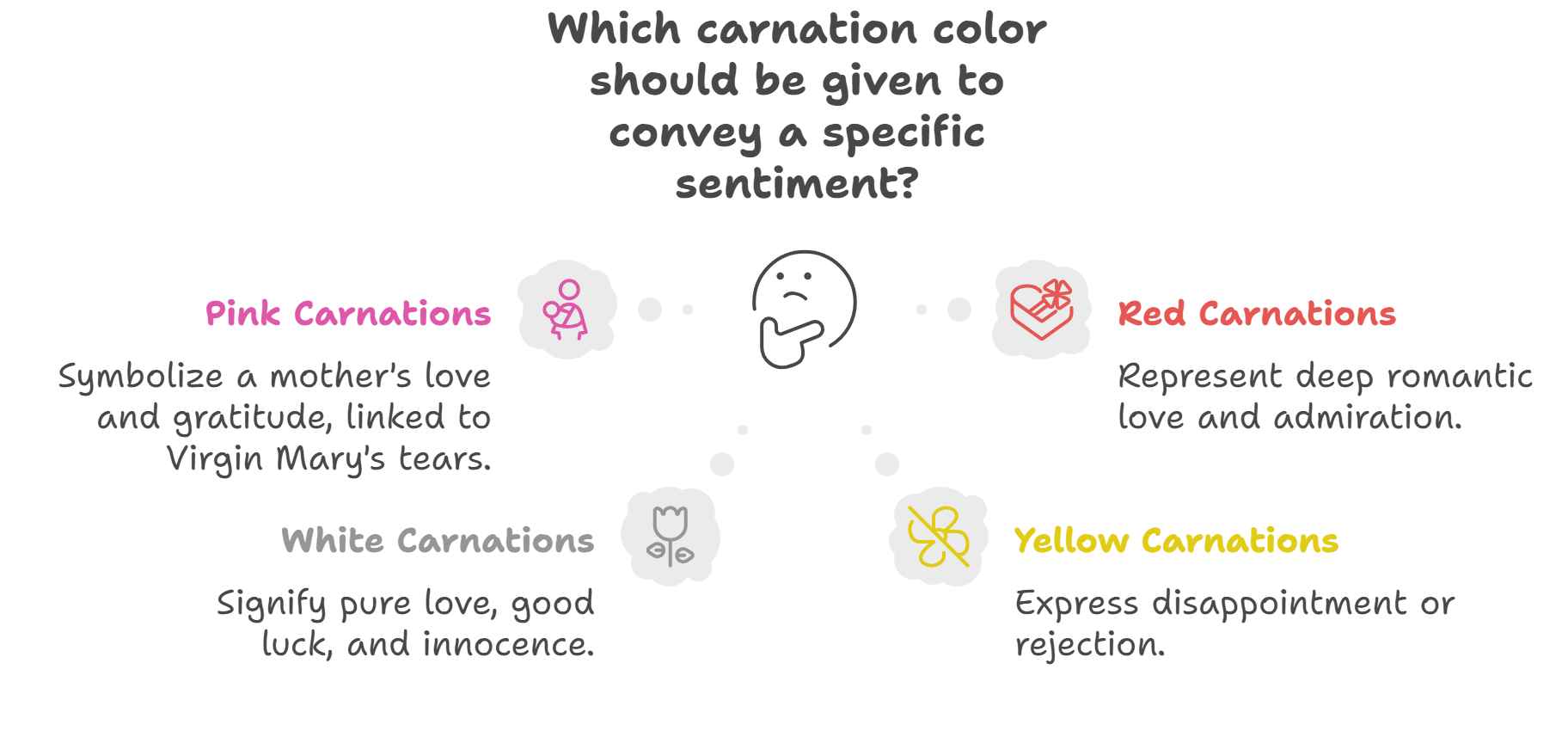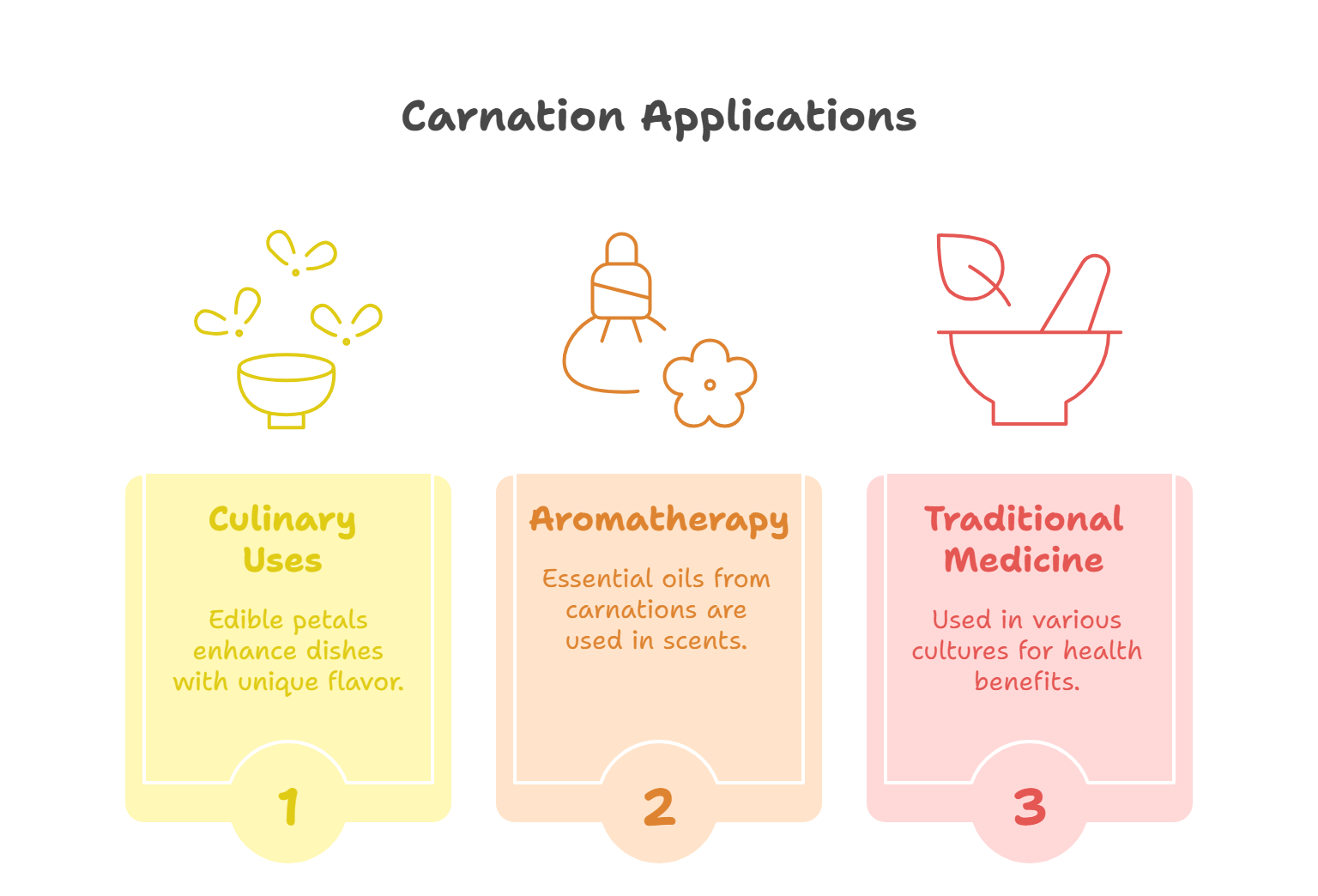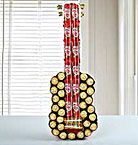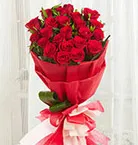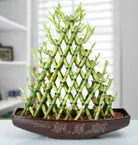Some Interesting Facts About Carnations
Carnations (Dianthus caryophyllus) have graced gardens and floral arrangements for over 2,000 years, earning admiration for their ruffled petals, delightful fragrance, and remarkable longevity. These enduring blooms offer more than just beauty—they carry rich history and symbolism worth exploring.
Historical Roots
Cultivated since ancient Greek and Roman times, carnations adorned ceremonial crowns and garlands of nobility. The name likely derives from "coronation" or "corone" (flower garlands), reflecting their ceremonial importance. During the Middle Ages, monastery gardens preserved carnations for both medicinal and ornamental purposes before they spread throughout Europe during the Renaissance.
The Victorian era elevated carnations' status through floriography—the language of flowers—where each color conveyed specific sentiments, making them perfect messengers when direct expression was considered improper.
Symbolic Language
Few flowers match the carnation's expressive vocabulary through color:
- Pink carnations symbolize a mother's undying love and gratitude, believed to have first bloomed from the Virgin Mary's tears
- Red carnations represent deep romantic love and admiration
- White carnations signify pure love, good luck, and innocence
- Yellow carnations historically express disappointment or rejection
- Purple carnations convey capriciousness and unpredictability
- Striped carnations suggest regret that love cannot be shared
Global Recognition
Carnations hold official status across multiple contexts:
- January's birth flower
- First wedding anniversary flower
- National flower of Spain, Monaco, and Slovenia
- State flower of Ohio
Their political significance emerged in the 20th century when red carnations became associated with labor movements across Europe. Most famously, they symbolized Portugal's 1974 Carnation Revolution when soldiers placed them in rifle barrels during a peaceful coup that ended authoritarian rule.
Varieties and Colors
Three primary types of carnations grace gardens and floral arrangements:
- Standard carnations: Single large blooms per stem, commonly used as focal flowers
- Spray carnations: Multiple smaller blooms per stem, perfect for filling arrangements
- Dwarf carnations: Compact varieties ideal for garden borders and containers
While naturally occurring in pink, white, and peach hues, modern carnations come in virtually every color through selective breeding and dyeing techniques. The famous blue carnation experiment—placing white carnations in colored water—demonstrates the flower's unique vascular structure that allows it to absorb and distribute dyed water throughout its petals.
Cultivation and Care
Carnations thrive under specific conditions:
- Cool temperatures between 50-65°F (10-18°C)
- Well-drained soil with slightly alkaline pH (6.7-7.5)
- At least 4-6 hours of direct sunlight daily
- Regular deadheading to promote continuous blooming
Commercial production has globalized, with major cultivation centers in Colombia, Ecuador, and Kenya, where climate conditions support year-round greenhouse operations.
Beyond Decoration
Carnations offer practical applications beyond their ornamental beauty:
Culinary Uses: The edible petals provide a slightly spicy, clove-like flavor to salads, desserts, and traditional European liqueurs like Chartreuse.
Aromatherapy: Essential oils extracted from carnations contain eugenol and benzyl benzoate, compounds prized for their warm, spicy notes in perfumery and aromatherapy applications.
Traditional Medicine: Various cultures have employed carnation preparations to reduce fever, treat minor skin conditions, and alleviate digestive discomfort. Modern research has identified several bioactive compounds with antioxidant properties, though clinical applications remain limited.
Lasting Impact
As cut flowers, carnations demonstrate remarkable longevity, often lasting 2-3 weeks with proper care—far outlasting many popular blooms. Their affordability and durability make them practical choices for everyday enjoyment and special occasions alike.
Recent horticultural innovations have focused on developing varieties with enhanced fragrance, disease resistance, and novel color combinations, ensuring these beloved flowers continue evolving while maintaining their classic appeal.
Whether appreciated for their historical significance, symbolic meaning, or simply their charming appearance, carnations remain timeless botanical treasures. From ancient ceremonial garlands to modern bridal bouquets, these resilient flowers continue accompanying humanity through significant moments, bringing beauty, meaning, and natural elegance to our celebrations and everyday lives.
